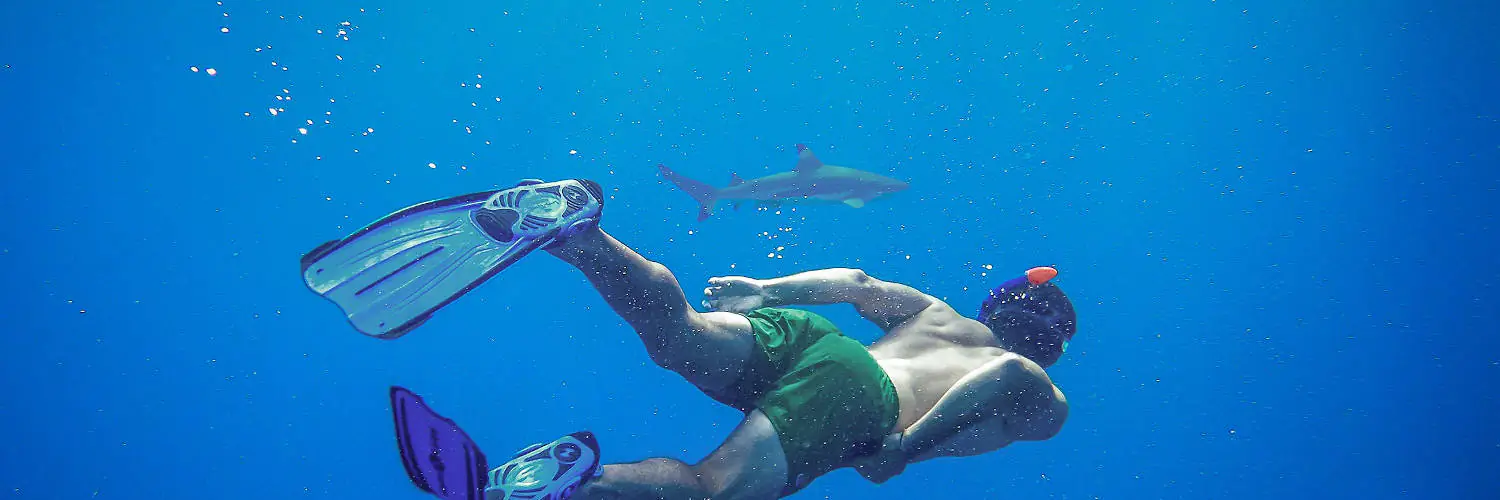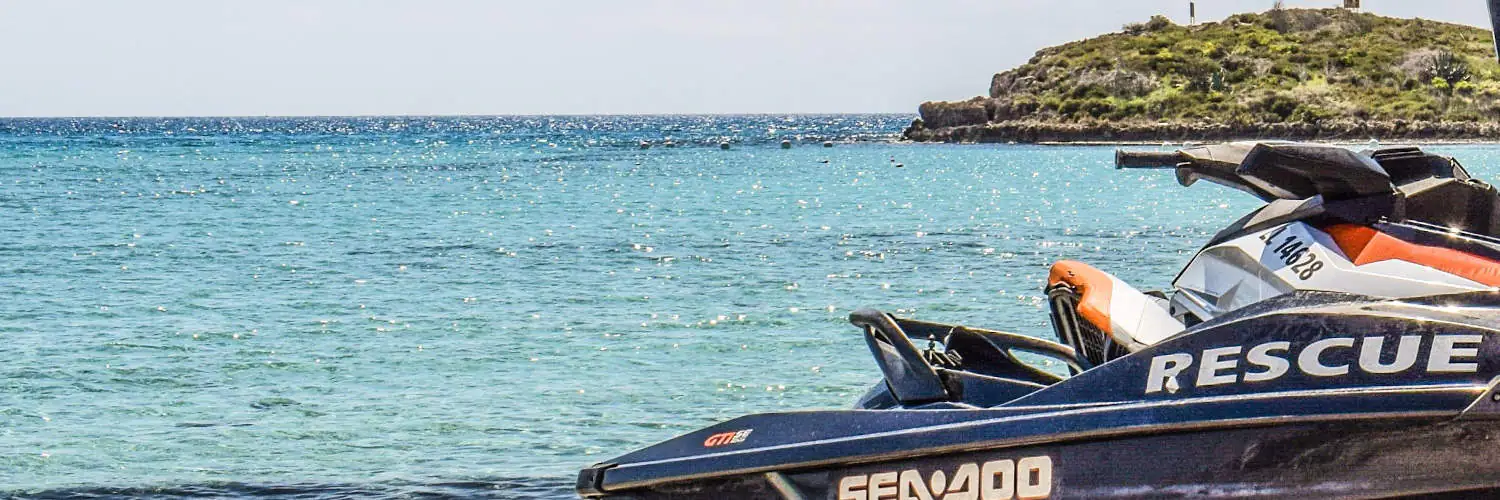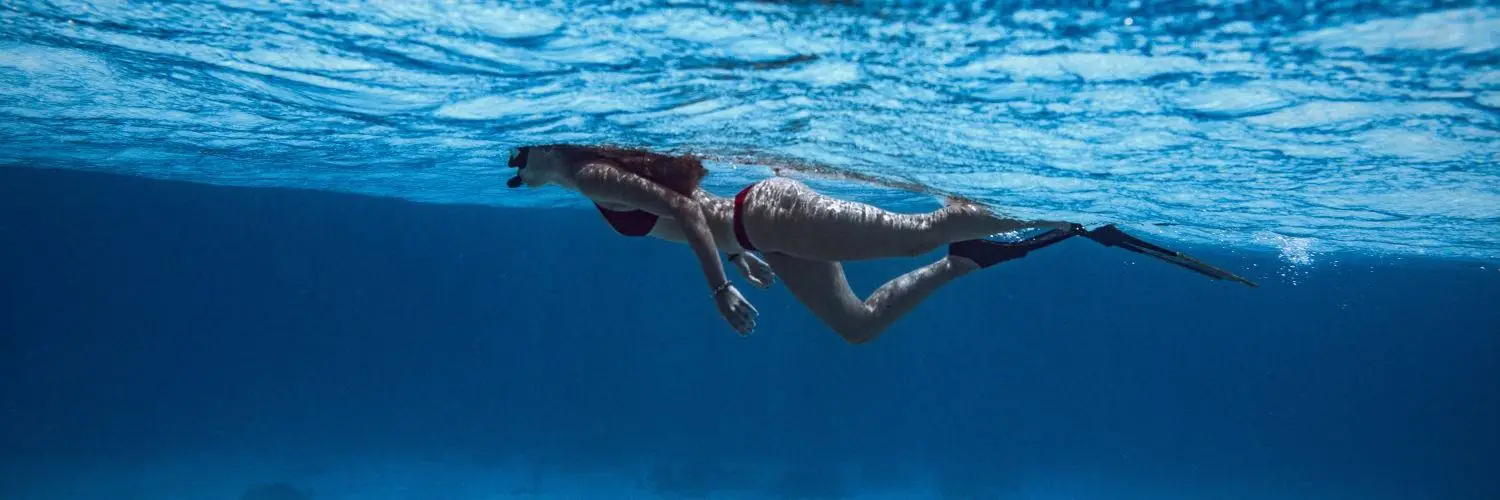Table of Contents
Snorkeling After A Botox Treatment: Precautions and Best Practices
Swimming with a snorkel gives a special chance for people to see under the water, providing both calm and fun. But those who just had work done like Botox might worry about doing such things. Botox, a popular non-surgical treatment used to reduce the appearance of wrinkles, requires specific aftercare to ensure its effectiveness and prevent complications.
The general recommendation for snorkeling or participating in any water activities after receiving Botox is to wait at least 24 hours. This precautionary period allows the Botox to settle into the targeted muscles and decreases the risk of spreading to unintended areas, which could lead to muscle weakness or asymmetry. Ensuring proper aftercare, including avoiding pressure on the injection sites and extreme temperatures, is key to maintaining the desired results of Botox treatment while still enjoying recreational activities like snorkeling.
Understanding Botox and Its Purpose
Before delving into activities such as snorkeling post-treatment, it’s crucial to comprehend what Botox is and its primary functions. Botox is more than a cosmetic enhancement; it serves various medical purposes as well.
The Science Behind Botox
Botox, a brand name for botulinum toxin, functions by temporarily paralyzing muscles. It stops the nerve messages that make muscles move. Botox blocks the signals that make muscles tense up. When put in a little bit, Botox messes with the way acetylcholine, the chemical that makes muscles move, is sent. This targeted muscle weakness is beneficial not just for cosmetic effects but also for reducing issues caused by overactive muscles.
Common Uses for Botox
Botox’s cosmetic popularity primarily lies in its ability to reduce the appearance of wrinkles and fine lines. It is often used on forehead lines, between the eyebrows, and around the eyes—areas where expression lines commonly form. Beyond aesthetics, Botox has medical applications, such as treating migraines, muscle spasms, excessive sweating, and conditions like TMJ disorders. By causing temporary muscle relaxation, it can alleviate associated pain and discomfort, improving the quality of life for many patients.
Pre-Snorkeling Considerations
When planning to snorkel after receiving Botox injections, individuals must consider the specific aftercare guidelines recommended by medical professionals, and also prepare adequately for the snorkeling activity itself to avoid any complications.
Botox Aftercare Guidelines
Botox Aftercare:
- Avoid pressure: Patients should not apply pressure to the treated area, such as rubbing or massaging, for at least 24 hours.
- Exercise: All forms of strenuous exercise, which potentially raise blood flow and blood pressure, should be avoided for the first 24 hours post-treatment.
- Sun Exposure: One should minimize sun exposure until any redness or swelling has resolved to prevent irritation and skin damage.
- Alcohol & Makeup: Alcohol consumption and makeup application should be avoided on the day of the treatment to reduce the risk of bruising and infection.
Additional Precautions:
- It is advised not to lay flat or engage in activities where the head is below the heart for a period of 4 hours following the injections.
- Ensuring adequate hydration while avoiding submersion in water directly after Botox is important to allow the toxin to settle.
Snorkeling Preparations
Water Activities & Safety:
- Wait Time: A 24-hour minimum waiting period before engaging in snorkeling or any water-based activities is generally recommended to ensure Botox injections have adequately settled, and to minimize risk of complications.
- Gear Check: Ensuring snorkeling gear such as masks and snorkels are properly fitted can help avoid the necessity to adjust them underwater, which could lead a person to involuntarily touch or apply pressure on treated areas.
Environmental Factors:
- People should be careful about the environment, like bright sun and maybe needing waterproof sunscreen to protect skin after Botox.
Physical Activities Post-Botox
After receiving Botox injections, patients should carefully consider the intensity and timing of returning to physical activities to ensure optimal treatment outcomes and prevent complications.
Activity Restrictions After Injections
The initial 24 hours post-Botox are crucial for the product to settle. During this period, patients are advised to avoid:
- Strenuous exercise: Activities that elevate heart rate significantly, such as running or high-intensity interval training, should be postponed.
- Gym sessions: Weight lifting or any gym-related exercises that strain the face or body are not recommended.
- Swimming: The pressure of water and goggles on the face can impact the treatment area, so it’s best to avoid the pool.
It’s generally safe to resume gentle activities such as walking or light cycling after this initial period, but patients should always consult their healthcare provider for personalized advice.
Impact of Exercise on Botox Results
Exercise can influence the longevity and effectiveness of Botox results in several ways:
- Increased blood circulation: Hard activities may spread the product all over, changing how well it works. They may move the thing beyond where it should be, making it work less well.
- Pressure on injection sites: Yoga or activities requiring inversion poses can increase the risk of Botox migration from the intended site.
To maintain the integrity of Botox results, patients should:
- Gradually reintroduce exercise routines, starting with low-impact activities.
- Avoid wearing tight-fitting headgear or equipment that might apply pressure to injection sites for at least a few days after treatment.
By adhering to these guidelines, individuals can enjoy both their favorite physical activities and the benefits of their Botox treatments without undue risk to their aesthetic results.
Managing Side Effects and Risks
When considering snorkeling after receiving Botox injections, understanding how to manage side effects and mitigate risks is essential for a safe experience.
Potential Complications From Botox
Botox can cause bruising, swelling, redness, and soreness where it is injected. These are typically mild but can be exacerbated by strenuous activity, including snorkeling, which may increase blood pressure and lead to heavier bruising or more pronounced swelling. Botox is a potent toxin that can occasionally lead to muscle weakness, and although rare, systemic effects could impact one’s ability to snorkel safely.
Precautions:
- Wait at least 24 hours post-injection before snorkeling to minimize risks.
- Monitor for strange side effects like weak muscles or uneven face muscles.
- Avoid touching or massaging treated areas to prevent spreading the toxin to adjacent muscles.
First-Aid Measures for Snorkeling Incidents
There is an inherent risk of increased sensitivity or trauma to the injection area while in the water. In case of an incident, being prepared with basic first-aid knowledge is important.
Basic First-Aid Kit:
- Bandages and gauze for covering minor cuts or abrasions.
- Cold packs to reduce swelling or inflammation at the injection site.
- Use ointment to stop germs if skin breaks.
Individuals should also be aware of signs of (unlikely) serious complications, such as difficulty breathing or swallowing, which require immediate medical attention. If someone experiences an allergic reaction, indicated by hives or swelling, especially at the face or throat, they should seek emergency help.
After you go snorkeling, watch the spot where you got the shot. Look for more trouble like more redness or sickness signs. Monitor it closely to be safe.
Long-Term Care and Maintenance
When considering the long-term care and maintenance after receiving a Botox treatment, patients should focus on preserving the treatment’s results while safely engaging in routine activities, such as snorkeling.
Botox Treatment Longevity
Botox treatment is a cosmetic procedure meant to temporarily reduce the appearance of facial wrinkles. The effects commonly last between 3 to 6 months. To keep the good outcome, people need to follow a skin care plan that includes avoiding too much sun because it can make skin get older faster and lessen the benefits of Botox. Regular follow-up appointments with a healthcare provider can help ensure that the Botox effects are sustained.
- Frequency of Treatments: It’s often recommended to schedule treatments every 4 months to maintain results.
- Skin Protection: Daily use of sunscreen with at least SPF 30 can protect the skin and prolong treatment efficacy.
Routine Activities and Botox Care
Post-Botox, a patient’s ability to participate in routine activities usually resumes quickly. However, aftercare instructions typically advise waiting at least 24 hours before engaging in activities like snorkeling to prevent complications. These recommendations aim to avoid excessive pressure or movement that can affect the area treated with Botox.
- Physical Activities: They can generally be resumed after 24 hours, but strenuous exercise should be avoided for the first 48 hours.
- Facial Treatments: Patients should wait at least 1 week before having any facial treatments to avoid shifting the Botox.
Patients should follow the specific aftercare instructions and recommendations provided by their healthcare provider to ensure optimal results.
Conclusion
When considering water activities like snorkeling after receiving cosmetic treatments like Botox injections, individuals should be aware of the recommended waiting periods. These rules help the treatment work well and make health problems smaller.
The consensus among healthcare professionals suggests a waiting period of at least 24 hours after Botox injections before partaking in water activities such as snorkeling. This precautionary measure allows the Botox to settle and adhere to the targeted muscle groups without disruption.
Additionally, results from Botox are not to be adversely affected by pressure exerted from a snorkeling mask as long as enough time has passed for the treatment to stabilize. If people notice any strange marks or feel uncomfortable after snorkeling, those effects are usually short-term and caused by the mask’s pressure instead of the Botox.
In the end, people getting Botox shots should follow after-care rules, like waiting before doing things. The health and safety of the individual are paramount, and following these guidelines will help to maintain the integrity and results of their cosmetic treatments.








